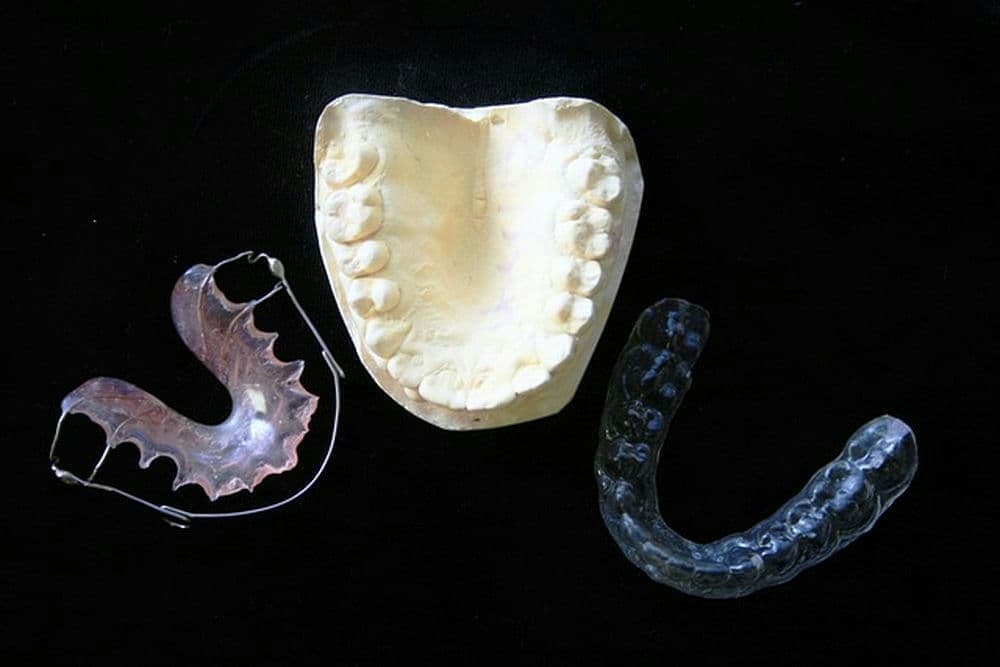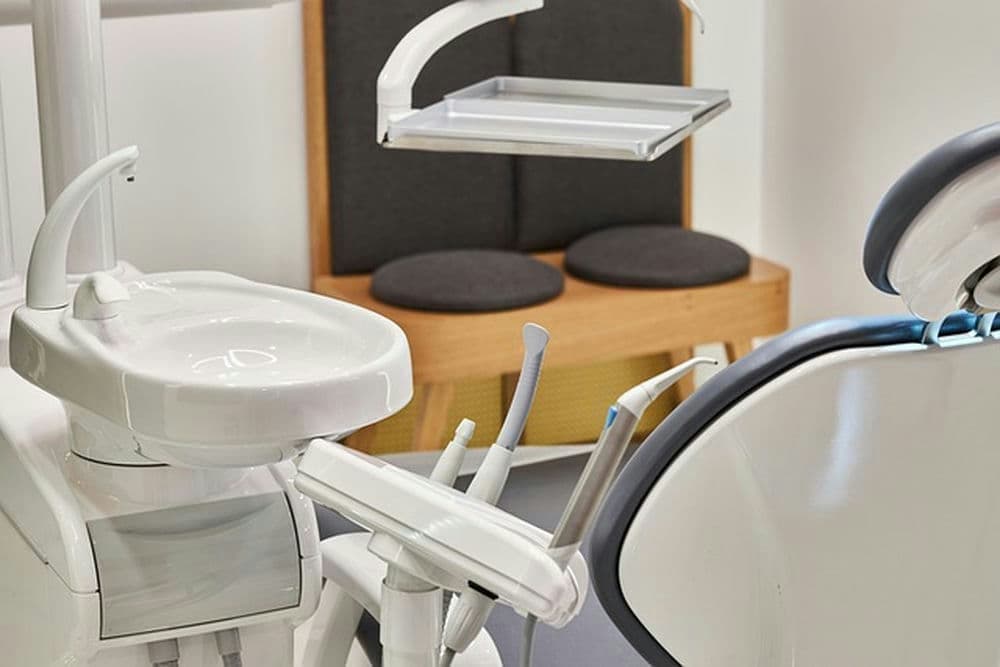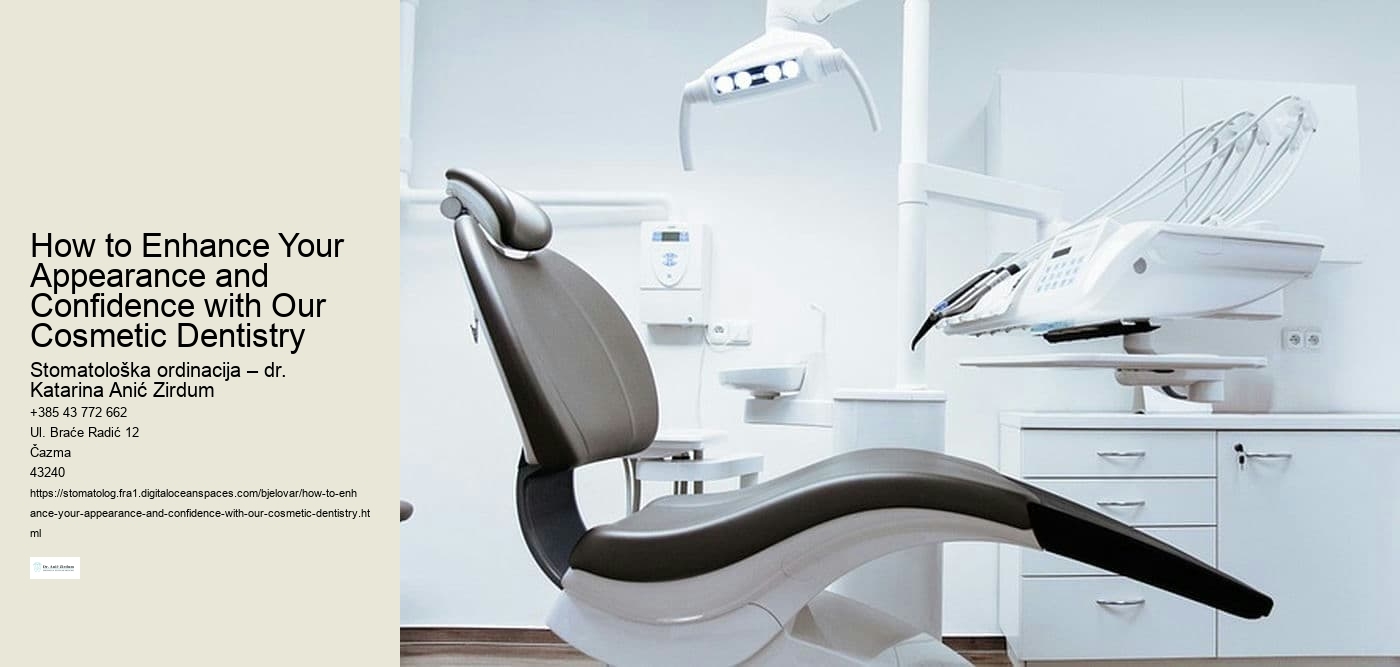
low cost dental implants
Because dental implants are securely anchored in your jaw you’ll have the self assurance to quite simply eat anything you want.
Next, your doctor will carefully place the dental implant into your jaw. Close the incisions. Finally, your general practitioner will reposition your gums and close the incision with stitches. The steps for dental implant placement are generally an analogous for each person. But now and again, a doctor can place a dental implant and recuperation (like a crown or bridge) all in one visit. Most of the time, though, you’ll need a few months for the implant to heal before your dentist can safely place a last recuperation. In these cases, your dentist could make a brief (customarily removable) healing so that you can wear during the healing phase. What occurs after dental implant placement?Your health care professional will come up with a close list of postoperative instructions. They’ll also prescribe antibiotics to stay away from an infection. There are a number of things you could do to minimize your risk of pain and discomfort:Take all drugs exactly as prescribed by your healthcare provider. Avoid recreation or heavy lifting for a minimum of 72 hours.
affordable dental implants near me
To discover for sure if you qualify for dental implants, discuss with your dentist.
In these cases, your dentist could make a brief (usually detachable) recuperation that you can wear during the healing phase. What occurs after dental implant placement?Your general practitioner will come up with a detailed list of postoperative instructions. They’ll also prescribe antibiotics to prevent infection. There are a few things that you may do to minimize your risk of discomfort and pain:Take all medications precisely as prescribed by your healthcare provider. Avoid pastime or heavy lifting for at least 72 hours. (An elevated heart rate can result in higher pain and swelling.


mini dental implants
It can be easily removed for repair or daily cleansing.
Even so, it can still take a couple of months in your jawbone to fuse around the implant. This procedure is osseointegration, and it’s critical for the long run achievement and balance of your dental implant. Following your dental implant placement, your healthcare professional will periodically check on your progress. Once the dental implant has fused together with your jaw, it’s safe to add the restoration on top. Placing a dental restoration too soon can bring about implant failure. How long do dental implants last?Currently, dental implants are the longest-lasting teeth alternative option available. With proper care and maintenance, they're able to last a life-time. However, the restoration on top of your dental implant will need changing at some point. Most crowns and bridges last around 15 years and most dentures last a minimum of seven years, but this timeline varies. When should I see my dentist?If you have tooth loss that’s interfering along with your first-class of life, schedule an appointment with a dentist to talk about your replacement alternatives. They can help check if dental implants are the correct answer for you.
mini dental implants cost near me
You can help your dental work — and closing natural teeth — last more if you:Practice incredible oral hygiene.
Avoid damaging habits. Don't chew hard items, corresponding to ice and hard candy, that could break your crowns — or your herbal teeth. Avoid tooth-staining tobacco and caffeine products. Get cure if you grind your teeth. What are dental implants?Dental implants are small threaded posts that substitute lacking teeth roots. Most dental implants are titanium, but some are ceramic. Both of those ingredients are safe and biocompatible (pleasant to the tissues within your mouth). How do dental implants work?A surgeon places a dental implant into your jaw during an oral surgery method. Once the implant heals, your dentist can place a crown on top. Depending to your oral health goals, your dentist can repair your implants with crowns, bridges or dentures. Who might need dental implants?People who have a number of missing teeth can advantage from dental implants.
